1. Knocking on Wood
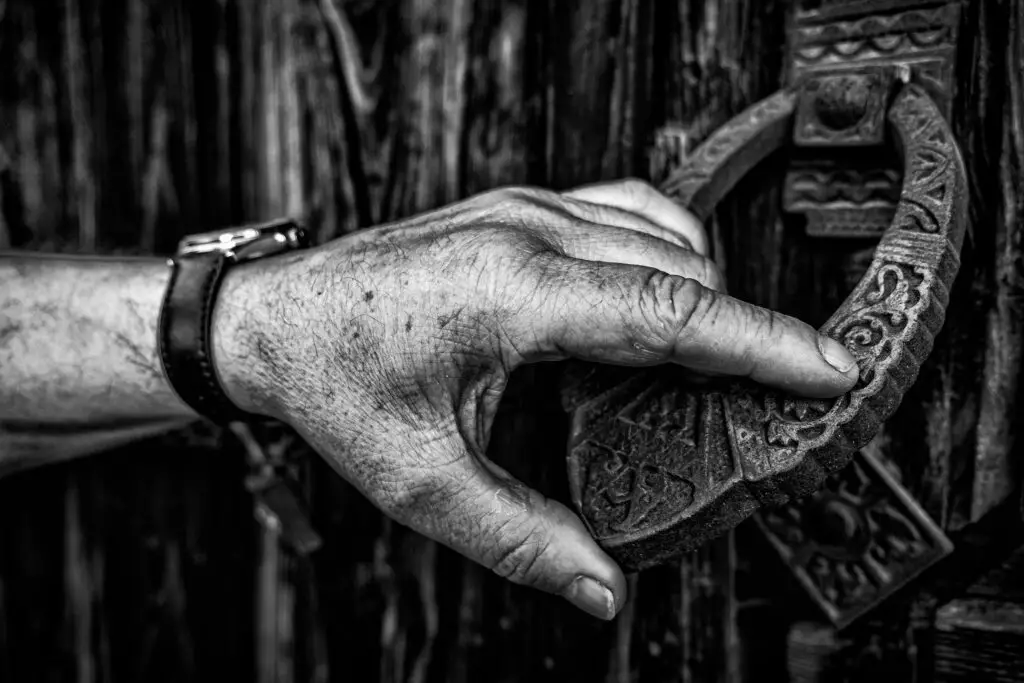
This habit goes back to ancient pagan rituals where people believed spirits lived inside trees. By knocking, they thought they could summon good spirits for protection or chase away bad ones. It wasn’t just a casual tap either, but often part of larger ceremonies involving offerings or chants. The tree itself was seen as a living force with power to influence fate. Over time, this ritual spread across cultures, each adding its own twist.
Today, we still instinctively say “knock on wood” when we don’t want to jinx something. It’s become such a natural phrase that we rarely stop to think about why we’re doing it. The act of tapping wood is now more symbolic than spiritual, but it lingers as a tiny nod to those old pagan beliefs. Even without the rituals and offerings, the gesture carries a sense of comfort.
2. Throwing Salt Over the Shoulder

In ancient Rome, salt was considered a sacred substance tied to purity and protection. Spilling it was thought to invite bad luck or even evil spirits. To counteract that, people would toss a pinch over their left shoulder, where it was believed the devil waited. That little sprinkle was like a quick shield against dark forces.
Centuries later, the habit still survives at dinner tables around the world. If someone spills salt today, chances are they’ll instinctively toss a bit behind them. It’s a small, almost playful act, but it echoes a time when people genuinely believed they were fighting off misfortune. What used to be a defense ritual is now more of a superstition with a wink.
3. Breaking a Wishbone
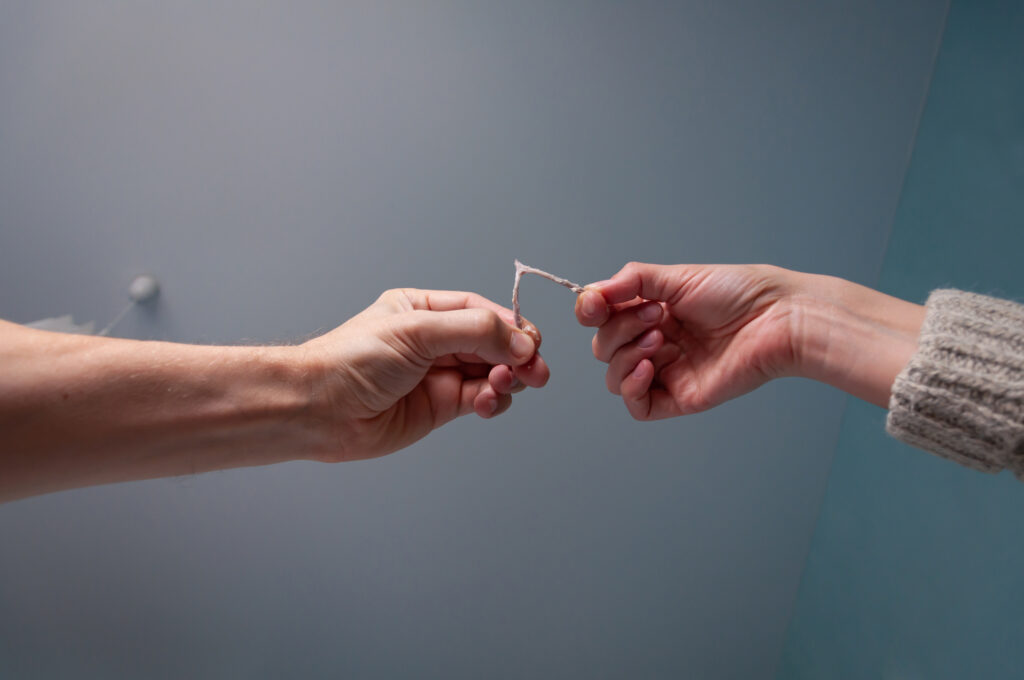
The Etruscans and later the Romans believed birds, especially chickens, had divine powers of prophecy. When they sacrificed one, the furcula—the Y-shaped bone in the chest—was considered a sacred object. People would stroke it, hoping to absorb some of its fortune-telling magic. Eventually, it became a contest of who could break off the bigger piece to “win” the luck.
Now, pulling apart a turkey or chicken wishbone is more of a holiday tradition than a spiritual practice. Families and friends still make a wish and snap it, without much thought to its roots in prophecy. But the idea of competing for luck remains powerful. It’s a quirky blend of ancient divination and modern-day fun.
4. Horseshoes Over the Door
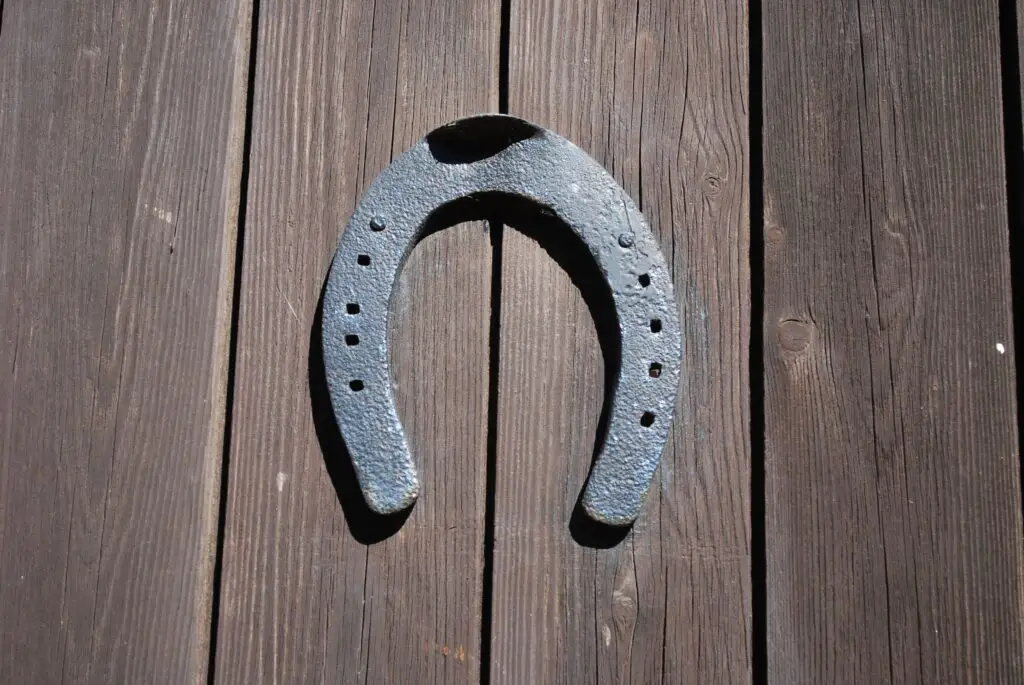
In pre-Christian Europe, iron was believed to ward off evil spirits, and the crescent shape of a horseshoe symbolized protection. Blacksmiths were thought to possess mystical powers, making their work especially valuable in guarding homes. Hanging a horseshoe above a doorway was essentially a protective ritual against misfortune.
Today, horseshoes still decorate entrances as good-luck charms. People debate whether they should face up to “hold” luck or down to “pour” it out, but either way, the belief lingers. What started as a deep-rooted protective spell has become a decorative superstition. The horseshoe is both a rustic ornament and a reminder of ancient fears.
5. Friday the 13th
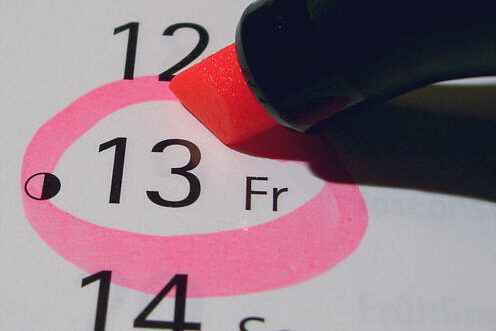
The fear of 13 has roots in Norse mythology, where Loki was said to be the unwelcome 13th guest at a feast, bringing chaos. In Christianity, the Last Supper also had 13 people at the table before betrayal and crucifixion. Over time, this association made the number unlucky, and when it combined with Fridays—already linked to execution days in some traditions—it created a superstition double whammy.
Now, Friday the 13th is marked with dread, or sometimes playful fear. People still cancel plans, avoid travel, or cling to lucky charms on that day. Movies and pop culture have only reinforced the superstition, turning it into a mix of entertainment and anxiety. Beneath the jokes, though, is an ancient unease that refuses to fade.
6. Covering Mirrors After Death
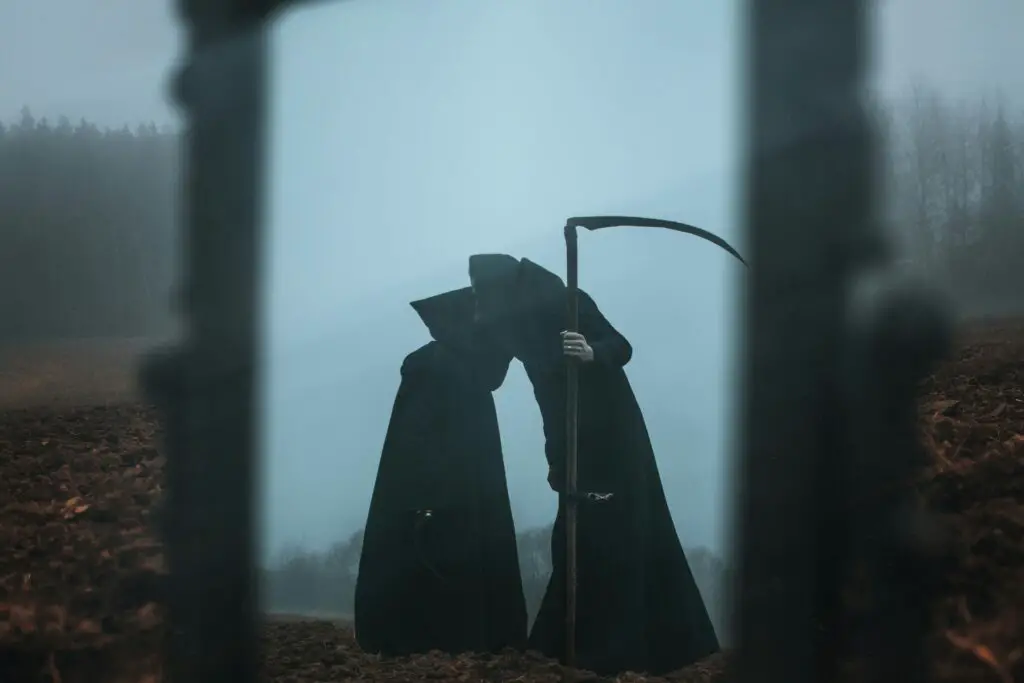
In Jewish and other ancient traditions, mirrors were believed to be portals where souls or spirits could become trapped. Covering them after a death in the household kept the spirit of the deceased from lingering. It was also a way to prevent bad luck or even possession. This practice was deeply tied to the idea of protecting both the living and the dead.
Even now, the connection between mirrors and spirits feels eerie. Many cultures associate mirrors with bad luck if they’re broken, echoing those old fears. While not everyone covers mirrors during mourning today, the superstition lingers in ghost stories and horror movies. The link between mirrors and the supernatural runs deep.
7. Throwing Coins in Fountains
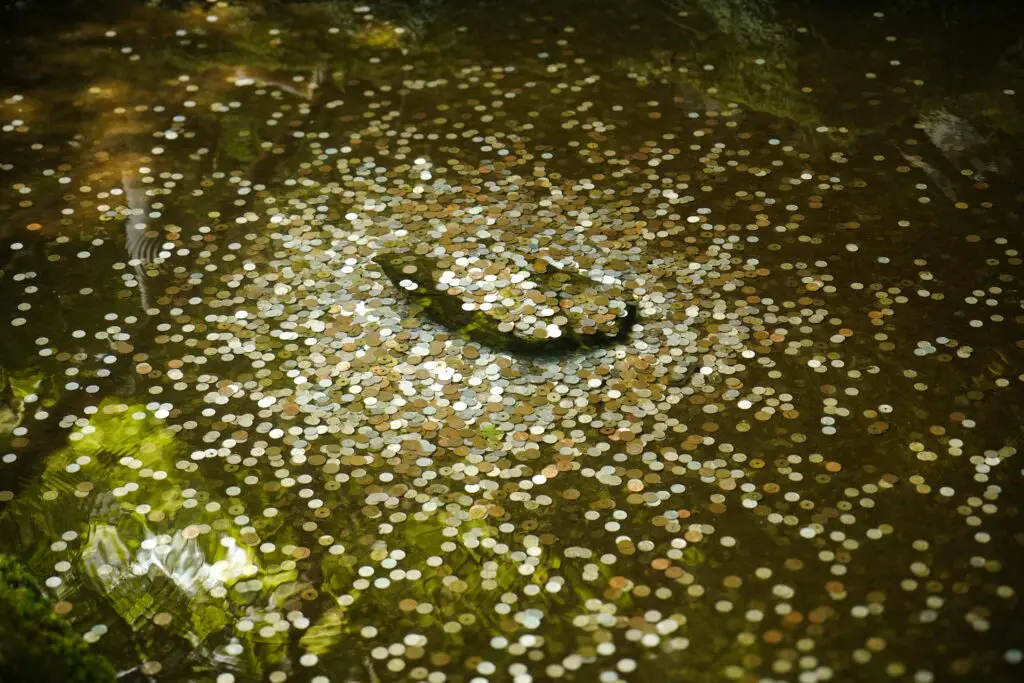
In ancient Rome, tossing coins into sacred springs or wells was seen as an offering to water deities. People believed these spirits could grant wishes or ensure safe journeys. The ritual was less about making a wish and more about showing respect to the divine. Each coin was a tiny sacrifice, a gift for favor.
Today, tourists toss coins into fountains for luck or to ensure they’ll return to a city. The act has lost much of its religious weight, but the impulse to make a wish remains. Fountains around the world collect thousands of coins each year because people still cling to that old hope. It’s a modern echo of a very ancient ritual.
8. Black Cats Crossing Your Path
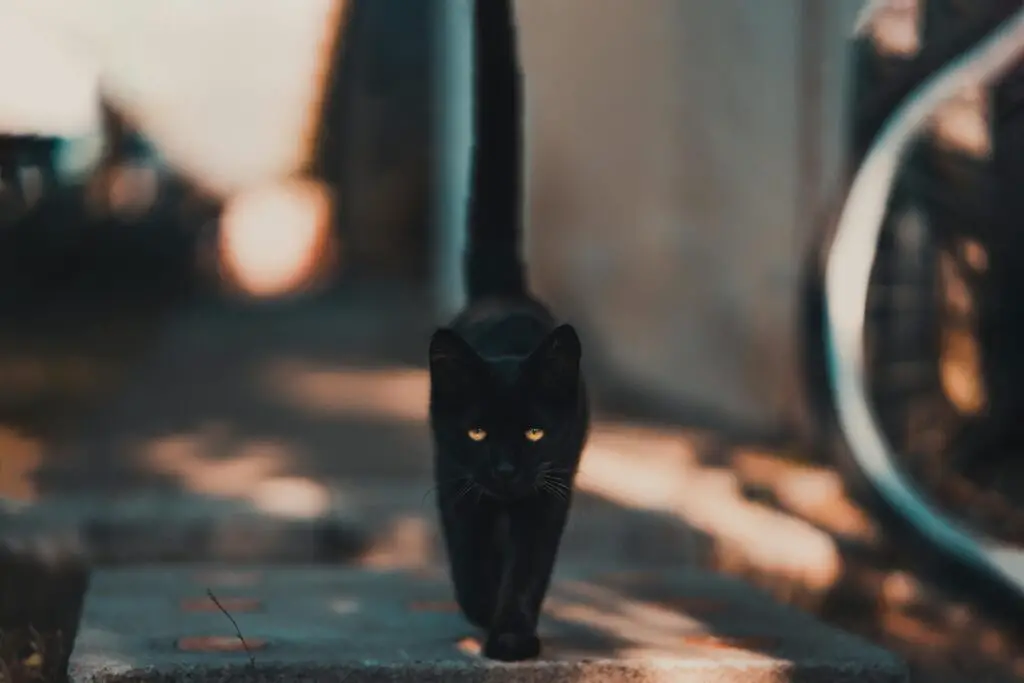
In ancient Egypt, cats were sacred animals tied to protection and good fortune. Later, in medieval Europe, the view flipped. Cats, especially black ones, were linked to witches and dark magic. Seeing one cross your path was considered a warning of misfortune ahead. The belief was a mix of fear, superstition, and scapegoating.
Now, black cats are still wrapped in superstition, especially around Halloween. Some people consider them unlucky, while others see them as lucky charms depending on the culture. The contradiction shows how old rituals and fears can evolve into playful or even opposite meanings. Black cats remain symbols of mystery either way.
9. Carrying a Rabbit’s Foot

The Celts and other ancient cultures believed rabbits were magical creatures because they lived underground, close to the spirit world. Carrying part of a rabbit, often a foot, was seen as a way to tap into that protective power. It wasn’t just a random object, but part of a ritual for luck and fertility.
Today, rabbit’s foot keychains might seem like silly novelties, but they’re rooted in deep superstition. Kids and adults alike still carry them for good luck, even if they don’t know why. The idea of luck being something you can physically hold onto is a powerful one. It connects us to a time when charms and talismans were a serious business.
10. Tossing Rice at Weddings
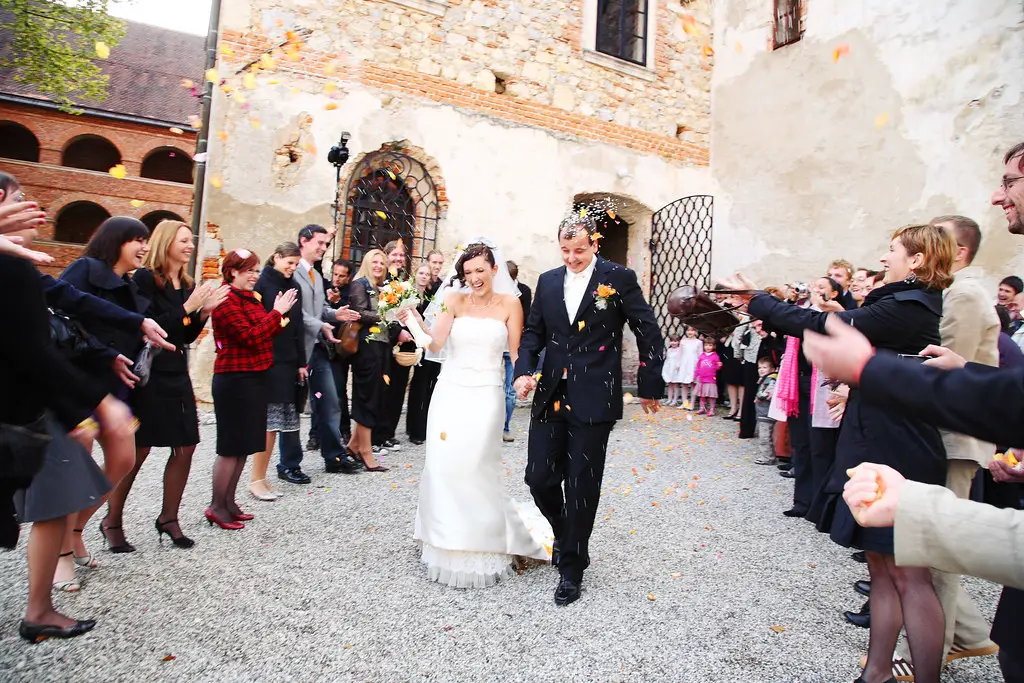
Ancient fertility rituals often involved scattering seeds or grains to bless couples with abundance and children. Rice, as a symbol of life and prosperity, became the grain of choice in many cultures. Guests would shower newlyweds with it to ensure a fruitful marriage. It wasn’t just for celebration but seen as a spiritual safeguard.
These days, rice tossing at weddings has been replaced in some places with bubbles or birdseed, but the meaning is the same. It’s still about wishing luck, prosperity, and fertility. The ritual has softened into a joyful custom, but its ancient roots remain visible. Every handful tossed is a quiet nod to old fertility rites.
11. Opening an Umbrella Indoors

In ancient Egypt, umbrellas were used not for rain but for shielding royalty from the sun. They symbolized divine protection. Opening one in the shade or indoors was seen as an insult to the sun god, a dangerous act that might anger the divine. The superstition stuck around long after the spiritual reasoning faded.
Now, parents still warn kids not to open umbrellas inside because it’s “bad luck.” It’s one of those rules people follow without questioning. The fear of tempting fate carries more weight than the original sun-worship context. It’s proof of how old rituals can survive even when their meanings are forgotten.
12. Crossing Fingers
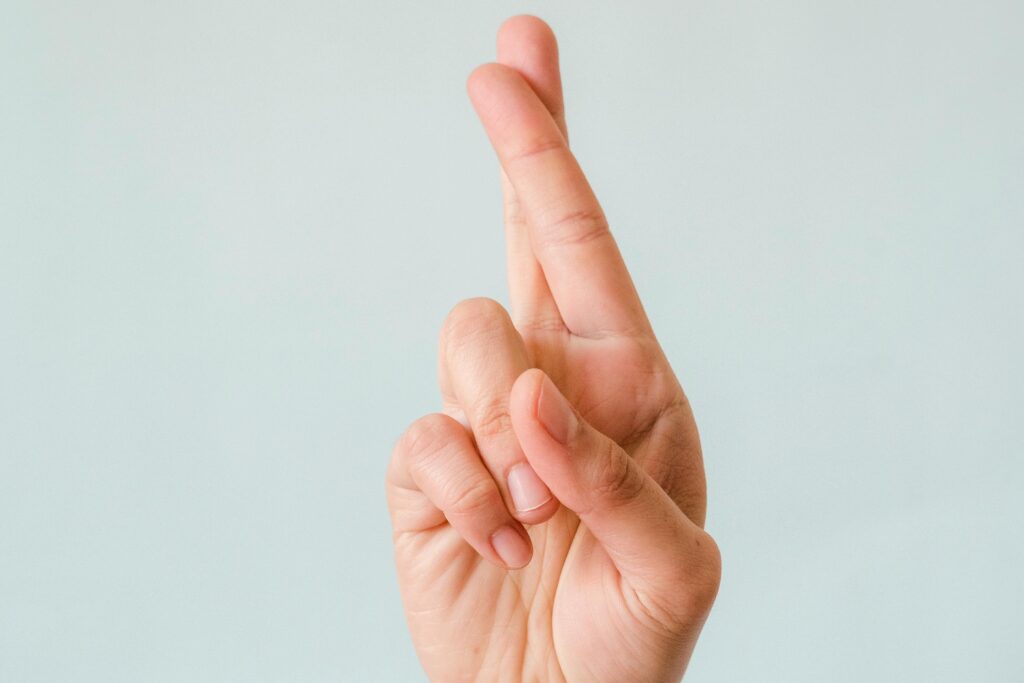
In early Christian rituals, people would cross their fingers to invoke the power of the cross for protection. It was also a way for secret believers to recognize each other when Christianity was outlawed. The gesture itself was a kind of silent prayer, meant to shield against evil.
Today, crossing your fingers is all about hope and luck. We do it when we’re wishing for good outcomes, often without thinking about its Christian roots. The gesture has shifted from sacred to casual, but it hasn’t lost its meaning entirely. It’s still a small, universal act of faith in something beyond our control.
